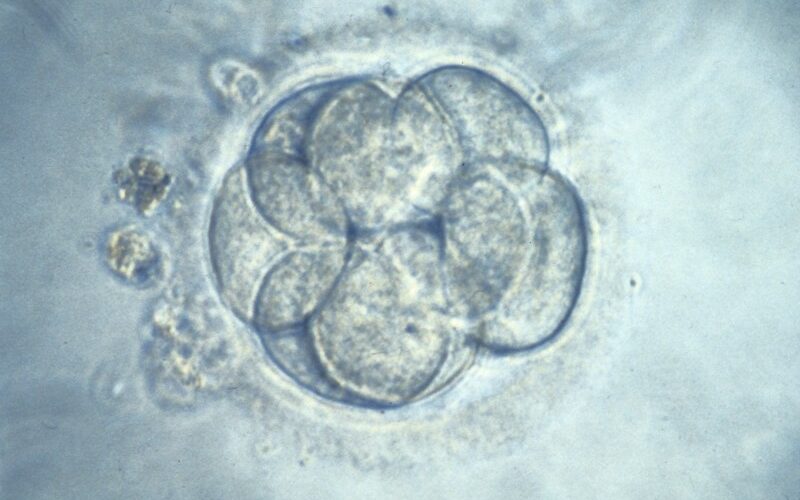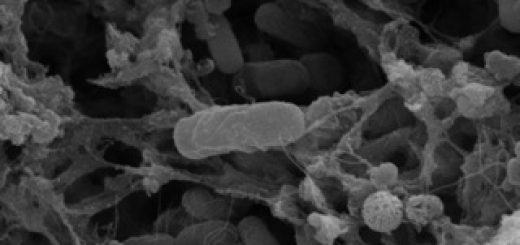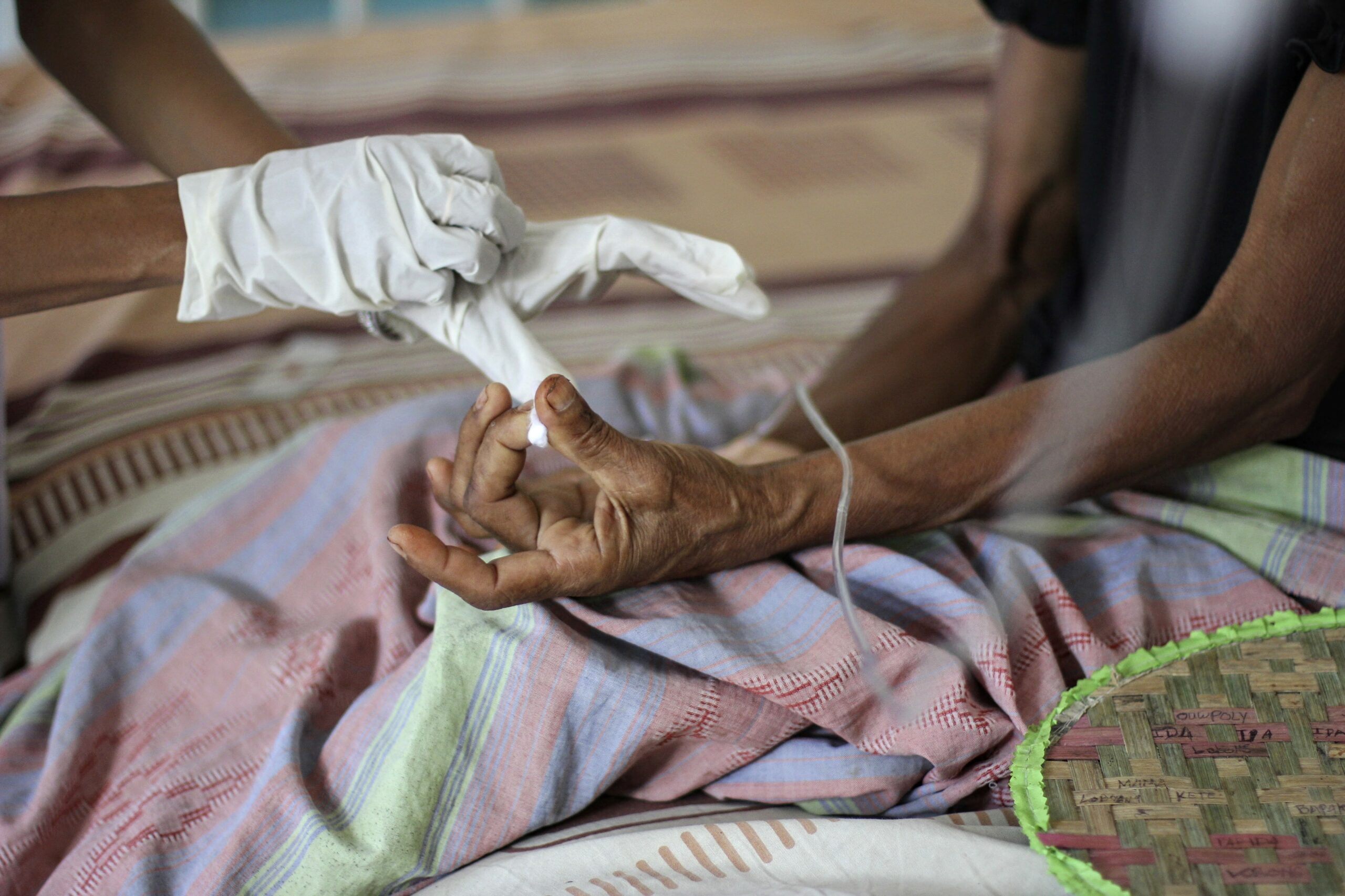Editing the Genome of a Human Embryo

The purpose of gene editing is to repair a defective gene which is responsible for a medical condition. Traditionally, gene therapy involves delivering a gene that is missing or defective to a certain part of the body using viral particles. However, targeted delivery to specific organs presents a challenge. Another caveat of this method is that only a limited number of cells, those infected by the virus, can be modified.
CRISPR technology is capable of editing genes more accurately than viral delivery. CRISPR makes use of zinc-finger nucleases (ZNFs), molecular scissors that are able to cut out the defective DNA. In this way, the defective gene can be replaced by a corrected gene. In some cases, targeting is relatively easy. For example, editing the CCR5 gene of T cells (which codes for the binding site for HIV) using ZFNs can successfully treat the virus in mice. Unfortunately, in most cases, targeting and delivery is not so easy, so the best way to target a gene defect is in the fertilized egg. This way, each cell in the developing and adult organism will possess the corrected gene.
Recently, Chinese researchers published a paper in which they edited a gene in human embryos using CRISPR technology 1. The gene coded for beta-globin, a subsection of haemoglobin, a defect in which causes beta-thalassemia, a blood disorder. The missing beta chain results in the inability of haemoglobin to carry oxygen. A mutation in both alleles is lethal. Even though these embryos will not be allowed to develop into an organism, it is a big step – the research shows that we are potentially able to modify the genome of a human embryo.
This study was closely followed by an article in Cell, in which researchers eliminated mitochondrial mutations in fertilized mouse eggs 2. Modifying the genome of mitochondria is even more challenging, as each cell contains multiple copies of mitochondrial DNA. An oocyte (egg cell) contains many mitochondria, with each containing up to 10 copies of mitochondrial DNA, adding up to several hundred thousand copies. Whilst it is not possible to correct each single DNA copy, it is possible to shift the ratio of repaired/mutated mitochondrial DNA to an extent that it overcomes the disease state. The scientists managed to shift this ratio to obtain a 60% reduction of mutated DNA. A new initiative that permits the donation of eggs with healthy mitochondria for use in IVF treatment was recently approved by the House of Lords. The technique is more commonly known as 3-Parent IVF, as children conceived in this way technically have two mothers – one who donated the mitochondrial DNA, and the other who donated the non-mitochondrial DNA. The technique is somewhat controversial in that a fertilized egg is destroyed in the process. The ability to alter the mitochondrial DNA of a fertilized egg provides an alternative method of gene editing in human embryos.
Whilst these gene editing techniques open the doors to preventing genetically inherited disorders, they also raise new issues of ethical concern.
Feature image credit: K. Hardy via Wellcome Images
Edited by Debbie Nicol











Gene editing has been in this industry for many years, and that provides the couple with a better baby. There are so many heredity diseases that neither parents want, this procedure is a savior in that sense. Providing the new baby with altered genes in not a bad thing, it eliminates the things in the bad genes making a base for the baby to be healthy and wise.
http://www.ivftucson.com/